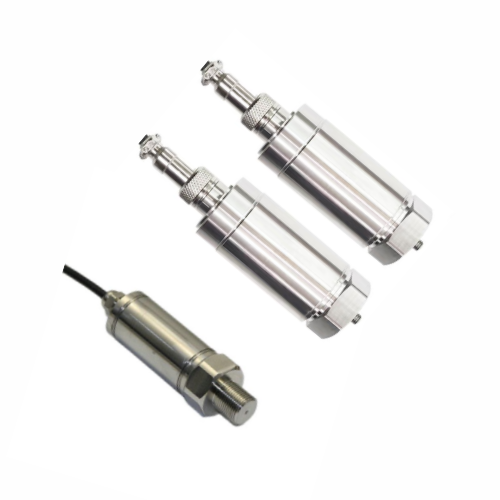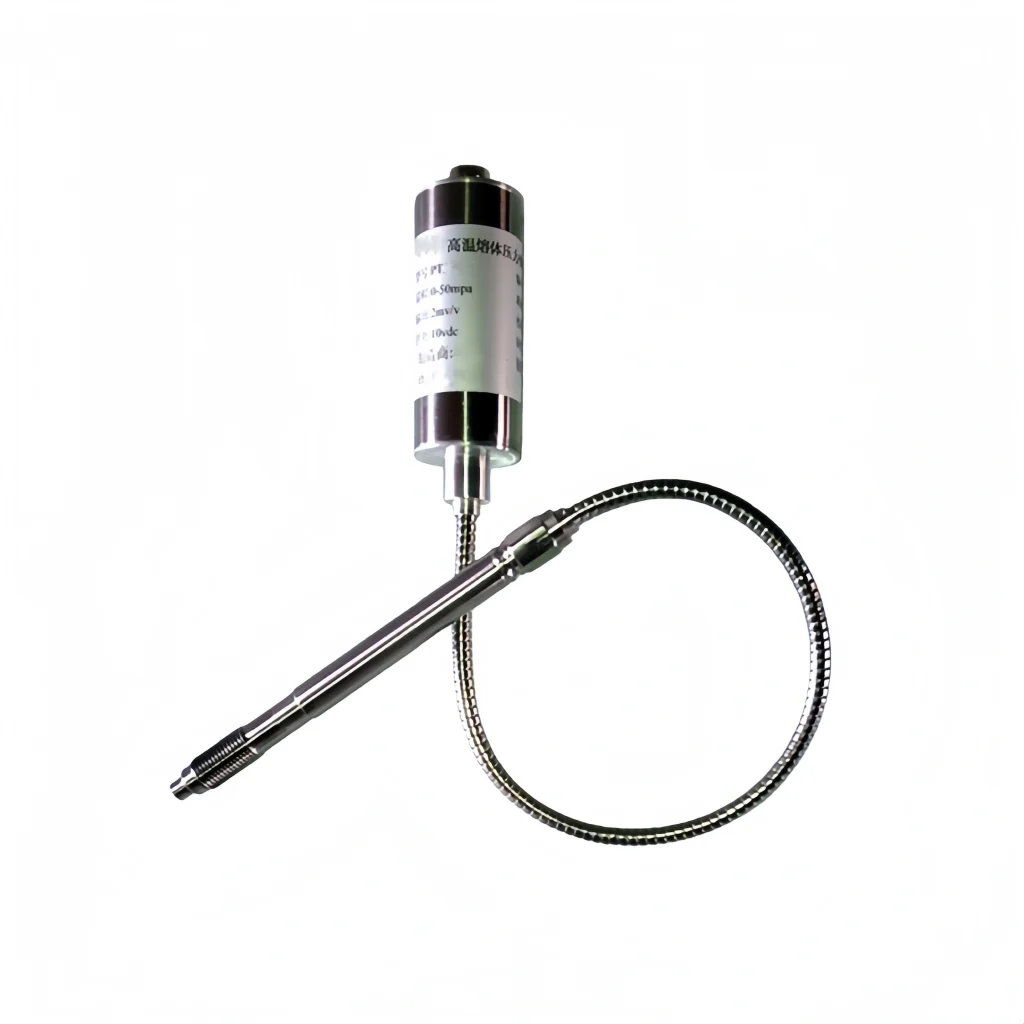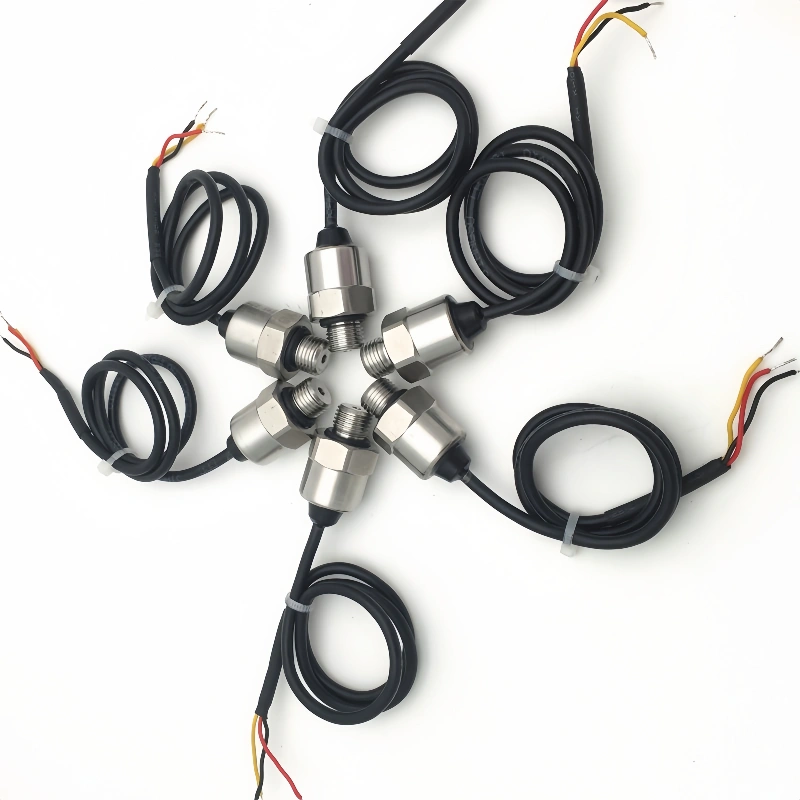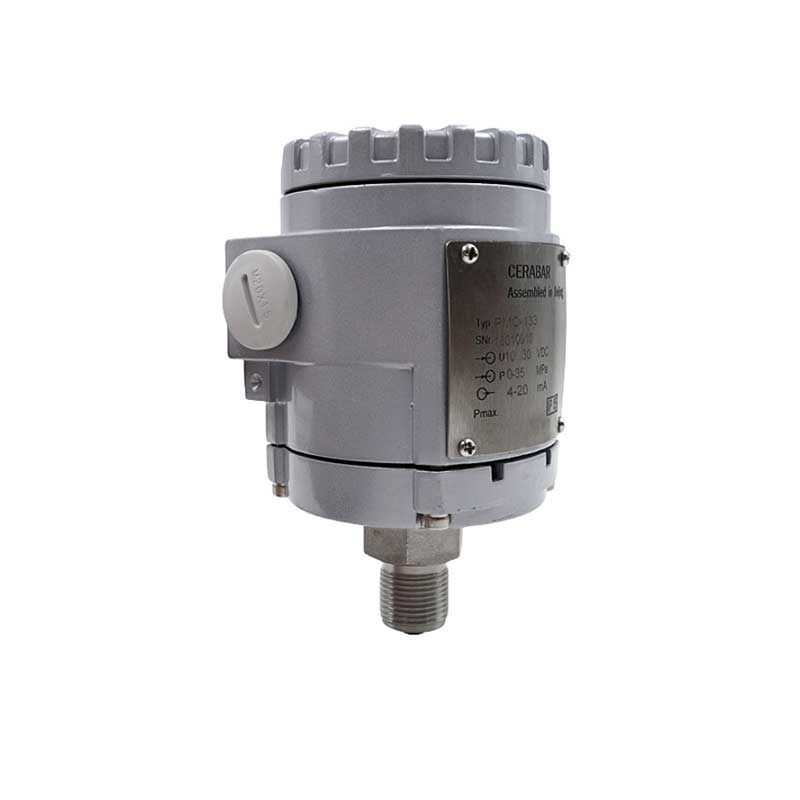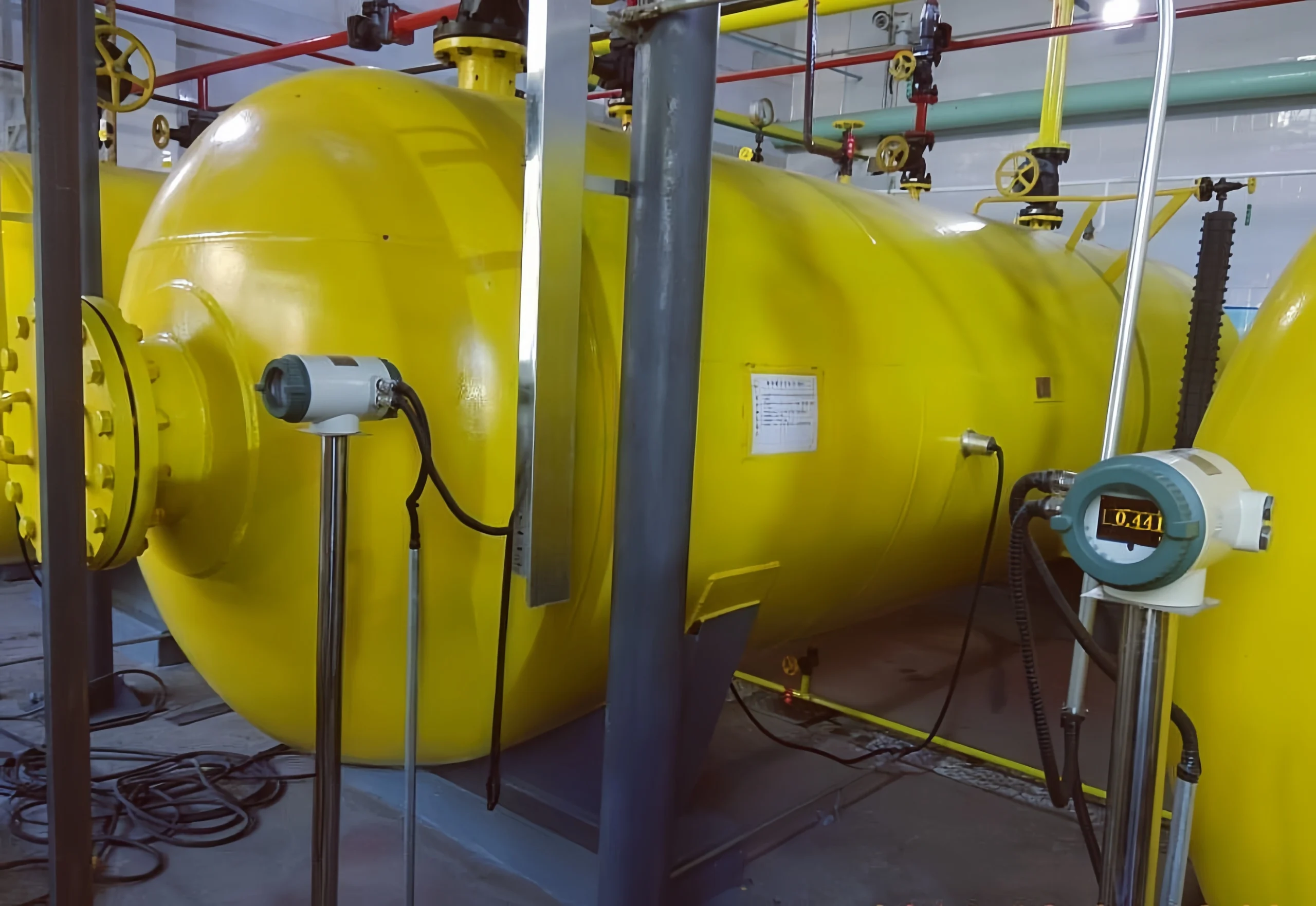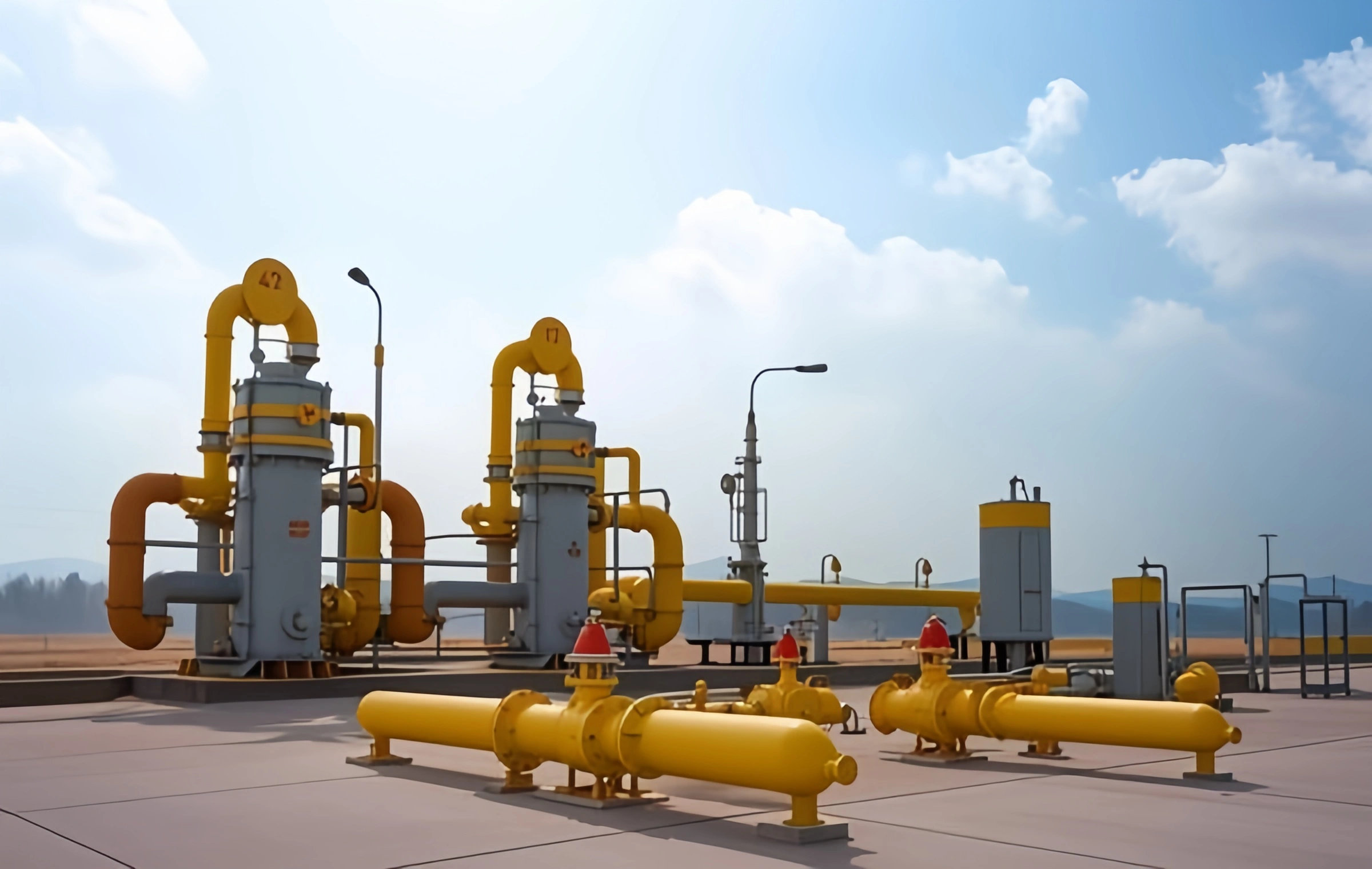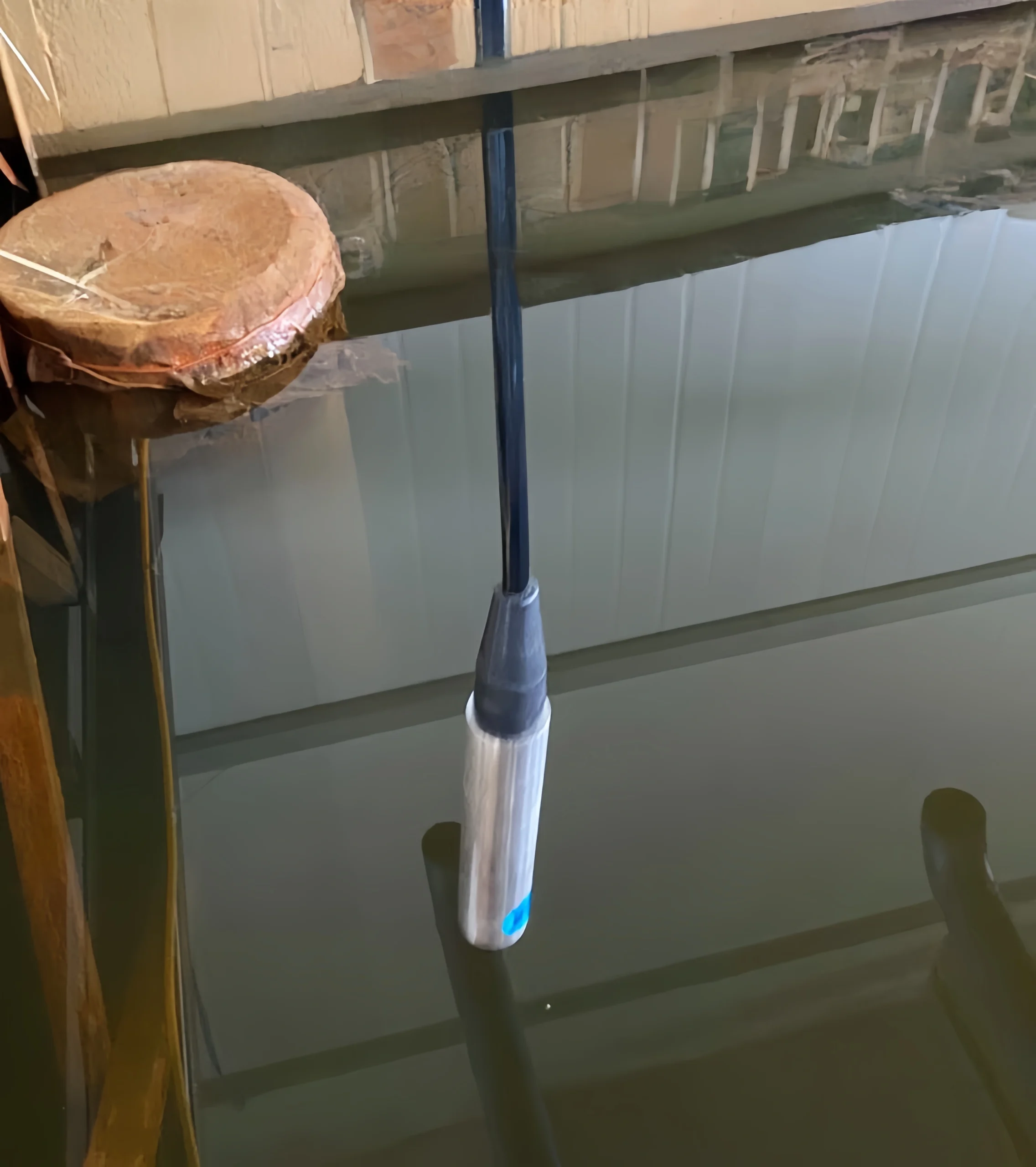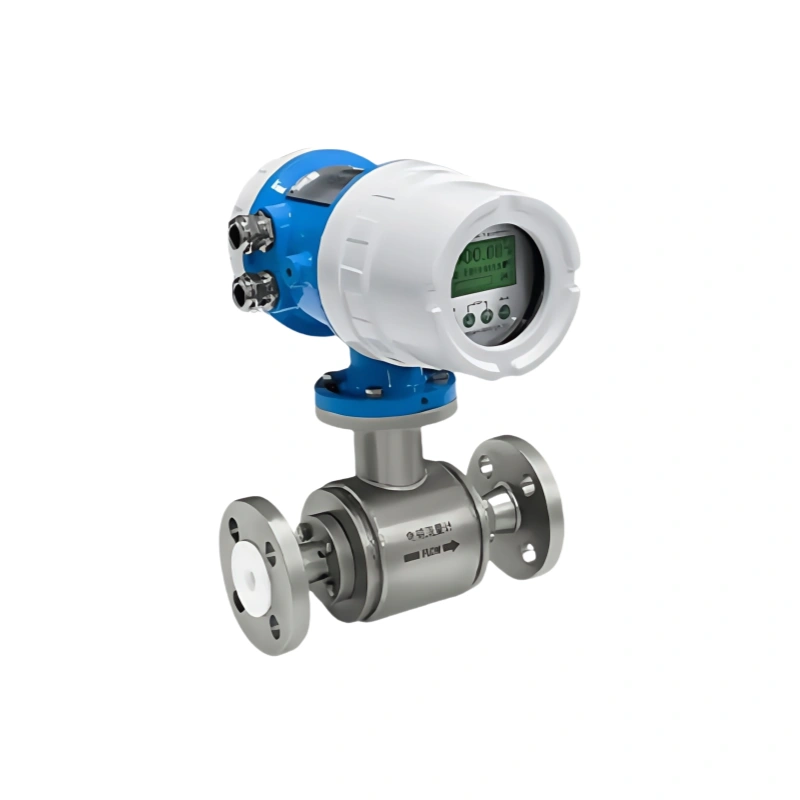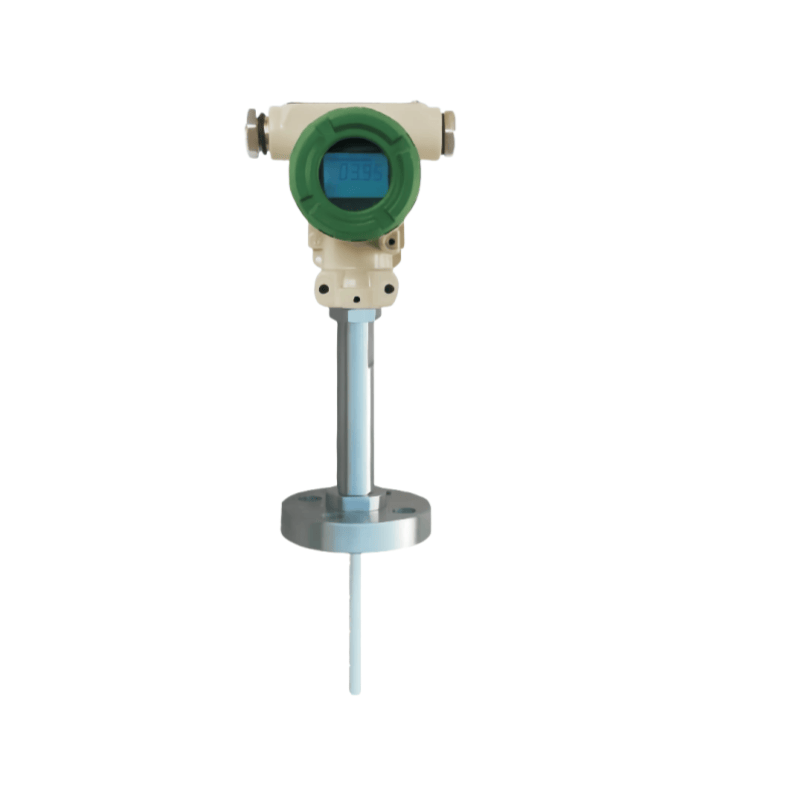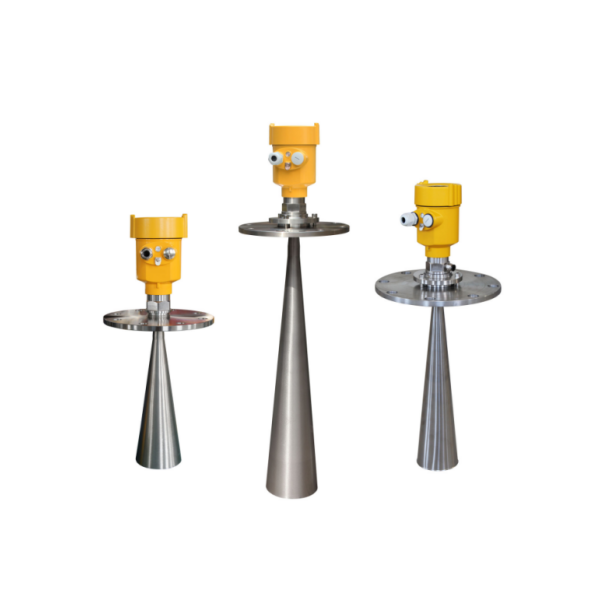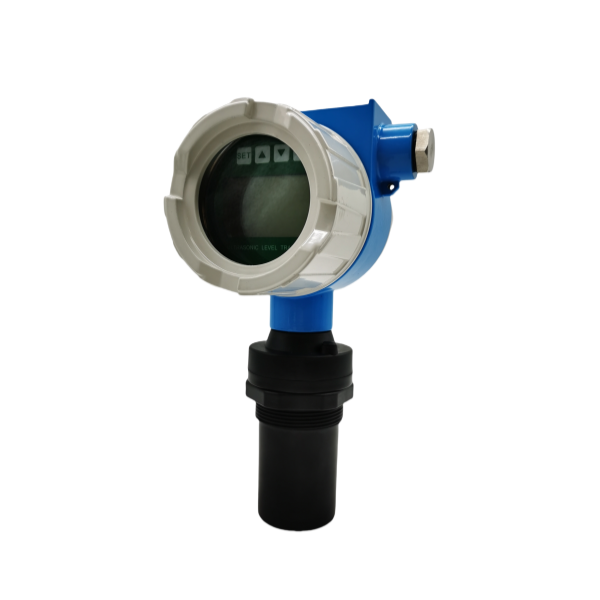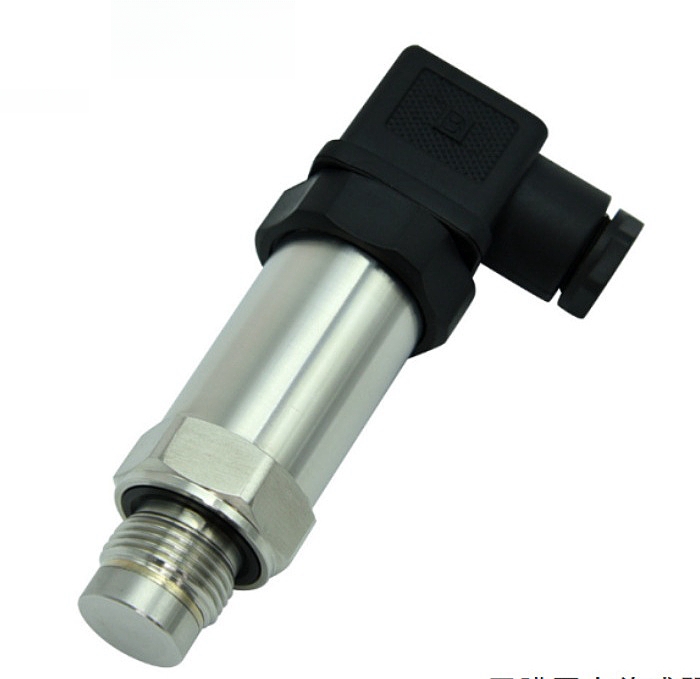Pressure sensors play an important role in industrial processes. They are suitable for various fields such as automotive manufacturing, aerospace, medical equipment, and petrochemicals, to accurately measure pressure changes.
The accuracy of a pressure sensor is related to the materials used. The pressure sensor material is key to the operation of the pressure sensor. We should select the appropriate pressure sensor material based on the operating conditions.
The post details the materials used in pressure sensors, including the housing, wetted parts, and O-rings. Combinations of different materials can help you choose the most suitable pressure sensor for your specific operating conditions.
Pressure Sensor Material Guide
The main materials of a pressure sensor include the housing material, the wetted parts, and the O-ring material. The material composition of each part will be detailed below.
Pressure Sensor Housing Material Types:
The pressure sensor housing protects the sensor from environmental factors. such as moisture, dust, and extreme temperatures. A suitable pressure sensor housing ensures its accuracy and durability. Pressure sensor housing materials are metallic and non-metallic.
(I) Metallic Materials:
Stainless steel is the most common material for pressure sensor housings. It features corrosion-resistant, high-strength, and high-temperature resistance. Common SS has 304, 316, 316L, 430, and 17-4PH. It is suitable for harsh environments.
Stainless steel can be processed in many methods. Stamping is suitable for the mass production of simple-shaped shells and can form them efficiently. Die casting can produce shells with complex structures and high precision. But it requires high-quality molds. CNC machining is suitable for processing high-precision, complex-shaped stainless steel shells. But its processing efficiency is relatively low. In addition, stainless steel can undergo surface treatments, such as electropolishing, to improve its corrosion resistance and appearance quality.
Stainless Steel Flow Meters VS. PVC Flow Meters: Which One to Choose?
Aluminum alloys feature lightweight, good thermal conductivity, and low cost. But aluminum alloys have poor corrosion resistance. They are often used in non-corrosive industrial environments. such as consumer electronics and the light industry. Aluminum alloy shells are mostly produced using die casting, which has good fluidity. It can fill complex mold cavities to produce thin-walled, high-precision products. Aluminum alloys can also be extruded to manufacture shells with specific cross-sectional shapes. In terms of surface treatment, anodizing is a common method for aluminum alloys. This enhances corrosion resistance and aesthetics. It can be further improved in terms of protection and decoration through electrophoretic coating, spraying, and other methods.
The best properties of copper and copper alloys are electrical and thermal conductivity. And they are resistant to seawater corrosion. They are suitable for applications such as marine exploration and high-frequency signal sensors. Copper and copper alloys can be processed using forging, rolling, and other processes to manufacture raw materials, such as plates and bars. Then, they are machined into shells using turning and milling processes. Their good plasticity makes them easy to process into various shapes. However, it is necessary to carefully control cutting parameters during processing to prevent tool sticking. Surface treatments include nickel plating and chromium plating. This improves their oxidation resistance and corrosion resistance.
Titanium alloys feature high strength, resistance to extreme corrosion, and high temperature resistance. However, they are extremely expensive. They are suitable for aerospace, deep-sea exploration, and medical equipment. Because of the high reactivity and low elastic modulus of titanium alloys, they are difficult to process. During processing, titanium alloys are prone to deformation and surface damage.
Specialized processing methods, such as electrical discharge machining (EDM) and laser processing. They are typically employed to reduce processing stress and deformation. During machining, special tool materials and cutting processes must be selected. And processing parameters must be strictly controlled. Surface treatments include anodizing and micro-arc oxidation. It can improve surface hardness and corrosion resistance.
(II) Non-metallic Materials
Engineering plastics, such as ABS, PC, PPS, and PTFE, are lightweight, have good insulation, and are low-cost. However, they have relatively poor temperature resistance and mechanical strength. They are suitable for household sensors, the indoor light industry, and consumer electronics. Injection molding is the primary processing method. It enables rapid and mass production of complex-shaped shells. However, for some high-accuracy industrial applications, secondary processing may be required.
Some engineering plastics can have their mechanical properties improved by adding reinforcing materials such as glass fiber. Surface treatments include painting and electroplating. Before electroplating, the plastic surface needs to undergo pretreatment. such as roughening, sensitization, and activation.
Ceramics are resistant to high temperatures, corrosion and have excellent insulation. However, ceramics are brittle and expensive. They are mainly used in high-temperature industries. The processing of ceramic housings typically begins with the forming of the preform. It uses methods such as slip casting, hot pressing, and tape casting. After forming, the preform is sintered at high temperatures to densify it. Subsequent finishing processes may include grinding and polishing to meet dimensional accuracy and surface quality requirements. Due to the brittleness of ceramics, accurately controlling parameters can prevent cracks.
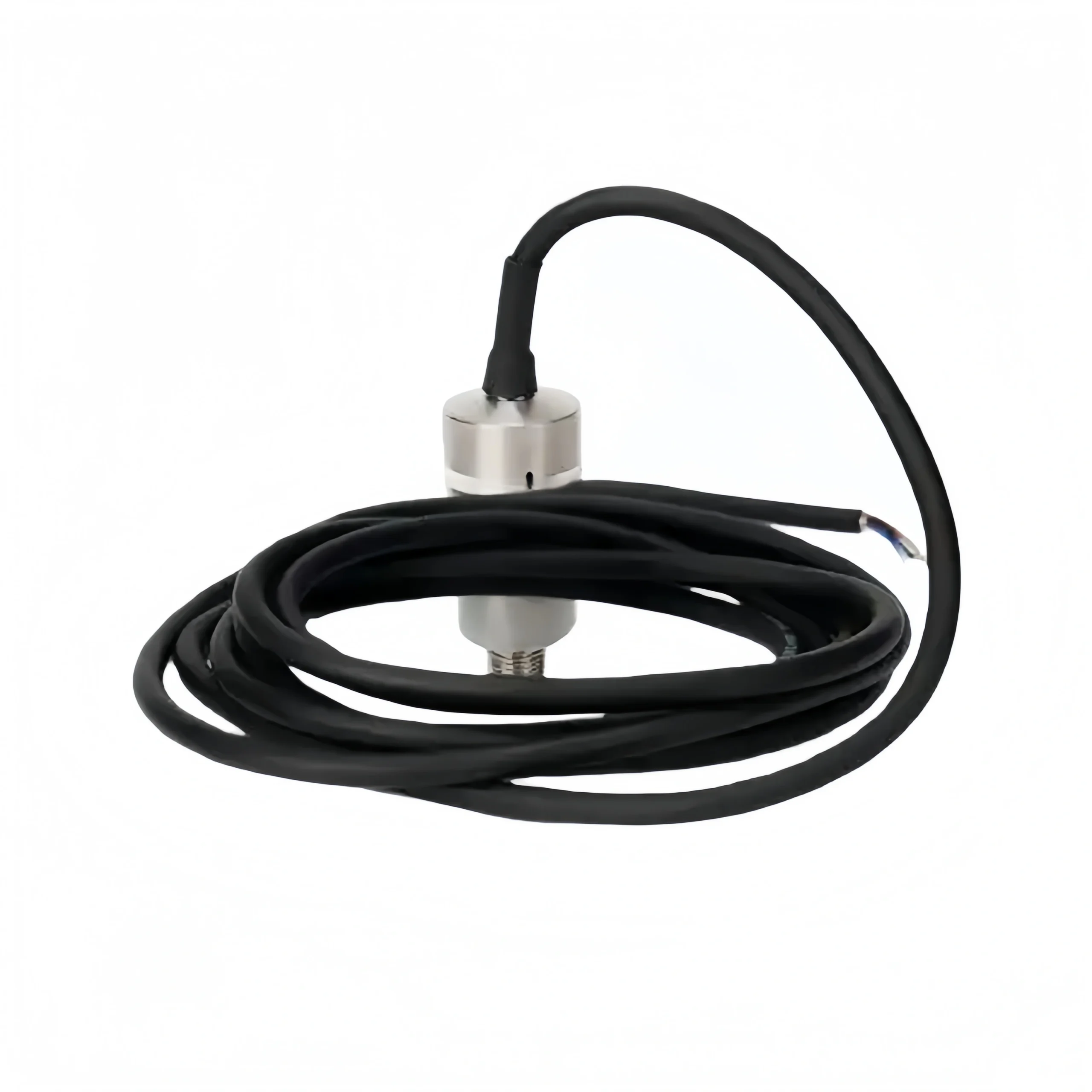
Pressure Sensor Wetted Part Material Types:
In industrial production, the wetted part of a pressure sensor is a crucial component of a liquid flow control system. The wetted material is particularly important in industries. such as chemical, pharmaceutical, food processing, and petroleum. The choice of wetted material directly impacts production safety, efficiency, and economy. Based on different process requirements and liquid characteristics, the following are common wetted materials for pressure sensors and their applications:
Stainless steel, especially types 304 and 316. Stainless steel possesses excellent corrosion resistance and mechanical properties. It is widely used for the transmission of most acids, alkalis, oils, and aqueous solutions. It is primarily suitable for operating environments ranging from -196℃ to 400℃.
Titanium alloys can operate normally in corrosive liquids such as strong acids and fluorides. They also have good high-temperature resistance. And they are mainly used in high-temperature, highly corrosive environments.
Polytetrafluoroethylene (PTFE) is a plastic with extremely high chemical stability. It is resistant to almost all acids, alkalis, and organic solvents. PTFE is suitable for pressure measurement in highly corrosive media.
Polypropylene (PP)/polyethylene (PE) has good chemical resistance and cost-effectiveness. They are mainly suitable for alkaline liquids and certain organic solvents. These materials are stable at low and normal temperatures. They are suitable for low-pressure operating environments.
Alloy steels and nickel-based alloys include Hastelloy and Inconel, etc. They are usually used for pressure measurement of media requiring resistance to high temperatures, high pressures, and highly corrosive environments. These materials possess extremely high strength and corrosion resistance.
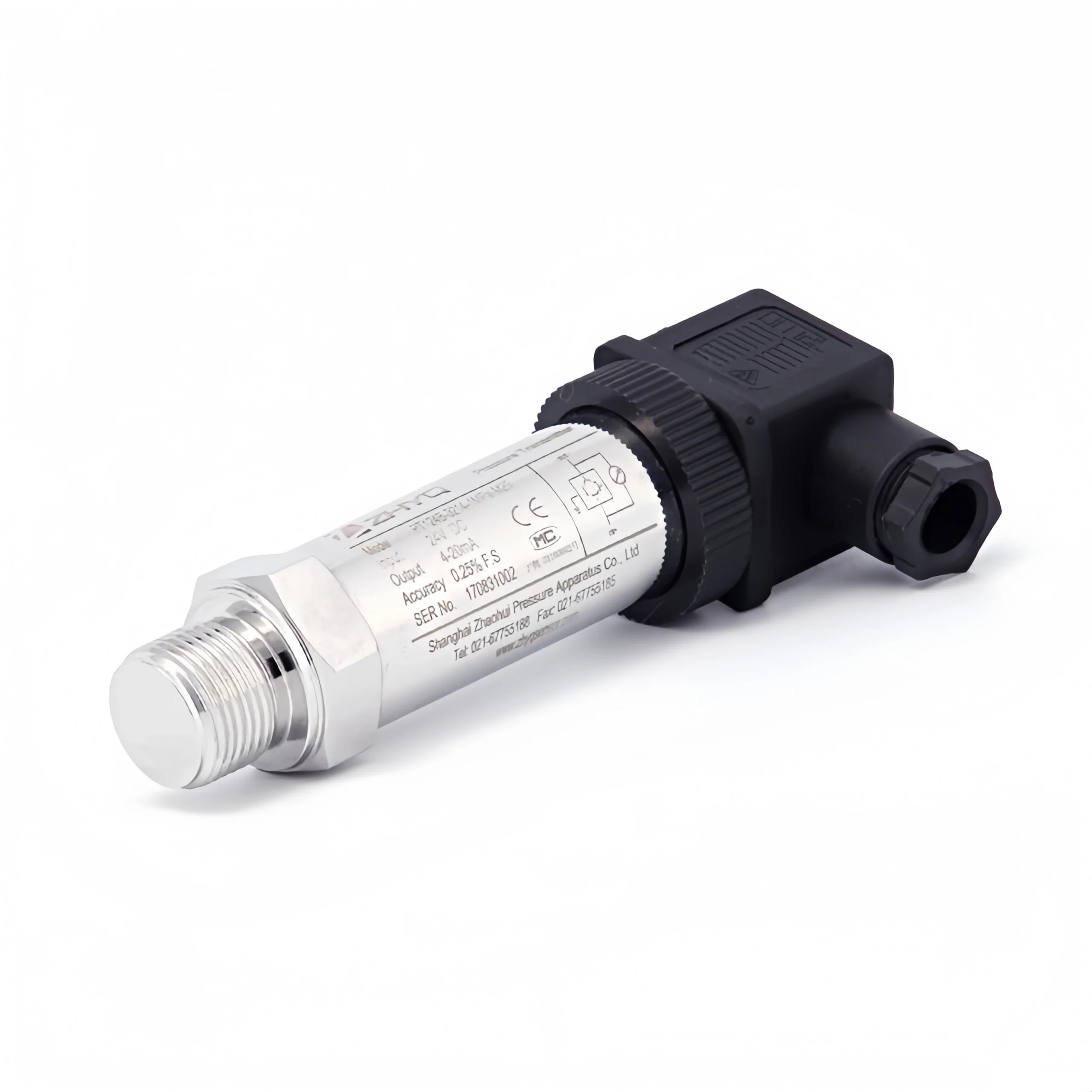
Pressure Sensor O-Ring Material Types:
The O-ring of a pressure sensor ensures its sealing performance. Correct selection of the O-ring material guarantees measurement accuracy. O-rings are often installed in rectangular grooves on the outer or inner circumference of the sensor.
There are specific characteristics and applications of available O-ring materials.
Fluororubber features high temperature and corrosion resistance. It is suitable for highly corrosive gas/liquid environments. Operating temperature range is approximately -20℃ to 200℃. It is one of the most commonly used O-ring materials in pressure transmitters.
Nitrile rubber: Good oil resistance and low price. It is suitable for media such as lubricating oil and fuel oil. But its high temperature and ozone resistance are poor.
Silicone rubber: Resistant to high and low temperatures, approximately -55℃ to 250℃. Non-toxic and aging resistant. Suitable for the food and medical industries, but with poor oil resistance.
Ethylene propylene rubber features aging resistance, but with poor oil resistance. It is suitable for water and steam.
The most significant characteristic of neoprene rubber is its oil resistance. It is suitable for low-temperature, low-pressure environments. However, it will age under high temperature and pressure.
Polytetrafluoroethylene (PTFE) is characterized by its corrosion resistance and high-temperature resistance. It is used in strong acids, strong alkalis, or vacuum environments.
Perfluoroelastomer (PFE) is resistant to high temperatures and corrosion. They are generally used in extremely high-pressure and highly corrosive media, such as in nuclear energy and aerospace applications.
When we select pressure sensor materials, the measured medium (e.g., oil, water, corrosive gases), temperature range, and pressure rating should be considered. It aims to avoid leakage caused by corrosion, swelling, or aging.
Sino-Inst Featured Pressure Sensor
How to Choose the perfect Pressure Sensor Material?
Selecting the pressure sensor material is important for measurement accuracy and efficiency. Here are factors to consider when choosing a pressure sensor.
In high-pressure environments, such as oil extraction and hydraulic systems, stainless steel or high-strength alloys can withstand enormous pressure. They are not easily deformed or damaged.
In low-temperature environments, the material’s cold resistance should be considered. It aims to ensure stable performance.
If the pressure sensor is in a corrosive environment, such as chemical production or marine exploration, corrosion-resistant materials such as stainless steel and polyimide are preferred. They prevent the sensor from corroding and failing.
In environments with strong electromagnetic interference, materials with good electromagnetic interference resistance, such as those with metallic shielding or special coatings, must be selected. These ensure accurate signal transmission.
Simultaneously, cost and processing performance must be considered. For large-scale production with limited budgets, polycrystalline silicon offers a high cost-performance ratio. Additionally, the material should be easily processed into the required shape and size. It facilitates micromachining and other processes. Silicon materials excel in this regard.

Sino-Inst Pressure Sensor Custom Material Case Study:
Some customers contacted us via Google and described the pressure sensor’s operating conditions. We provided customized product parameters, which were well-received. These products have been successfully applied in various projects. You can refer to this study if you have similar operating conditions.
Hastelloy Pressure Sensor:
- Process Connection: 25DN flange
- end, 150# RF
- Wetted Parts (Contact Material):
- Hastelloy C-22
- Ex ia IIC T6 Ga
- Design Temperature: 0 to 450°C
- Operating Temperature: 0 to 400°C
- Pressure: -1 to 3 bar (G)
- Display: Not required
- Application: Sublimation Cell
- 24VDC Power Supply
PTFE Pressure Sensor:
- Measurement Medium: Seawater
- Pressure: 10 bar
- Normal Temperature
- Signal Output: 4-20 mA
- ¼-inch NPT (Medium-Length) Threaded Mounting
- PTFE Material
- Ceramic Diaphragm
- No Local Display
Monel Pressure Sensor:
- Wetted Part Material: Monel
- Thread Size: 1/2 NPT
- Signal Output: 4-20 mA
- Measurement Range: 0-10 bar
- Indicator: Display + Button
Titanium Alloy Pressure Sensor:
- Measurement Medium: Seawater
- Pressure: 100 bar
- Normal Temperature
- Signal Output: 4-20 mA
- ¼-inch NPT (Medium-Length) Threaded Mounting
- Titanium Material
- No Local Display

What are pressure sensors made of?
The main components of a pressure sensor include a pressure-sensitive element, a signal conditioning circuit, an output interface, and a housing. Each component is indispensable in the overall operation of the sensor.
What materials are commonly used in piezoresistive pressure sensors?
The materials used in many parts of a piezoresistive pressure sensor mainly fall into the following categories:
Semiconductor materials: Single-crystal silicon exhibits excellent piezoresistive effects. Germanium wafers are used as substrate materials, suitable for specific applications.
Elastic element materials: Thin metal films, such as platinum and nickel, are used for the supporting structure. Stainless steel provides mechanical strength and corrosion resistance.
Ceramic materials: Ceramic diaphragms are corrosion-resistant and wear-resistant. They are suitable for high-temperature and high-pressure environments, such as ceramic piezoresistive sensors.
Which material is used in piezoelectric sensors?
Piezoelectric materials are classified into four categories. Piezoelectric single crystals, polycrystalline piezoelectric ceramics, polymer piezoelectric materials, and polymer-piezoelectric ceramic composites. Among these four categories, piezoelectric ceramics account for a significant proportion. They are currently the most widely used piezoelectric material on the market.
(1) Piezoelectric single crystals:
Quartz, water-soluble piezoelectric crystals, such as potassium sodium tartrate, diammonium vinyl tartrate, dipotassium tartrate, potassium sulfate, etc.
(2) Polycrystalline piezoelectric ceramics:
Representative piezoelectric ceramics include barium titanate piezoelectric ceramics, lead zirconate titanate piezoelectric ceramics, niobate piezoelectric ceramics, and lead magnesium niobate piezoelectric ceramics, etc.
(3) Polymer piezoelectric materials:
Polar polymer materials such as polyvinylidene fluoride. They have low acoustic impedance characteristics, good flexibility. And they can be used to fabricate extremely thin components. However, they also have disadvantages such as small piezoelectric parameters and high polarization electric fields.
(4) Polymer-piezoelectric ceramic composite materials:
Good flexibility, allowing for the fabrication of extremely thin components. The addition of piezoelectric ceramics can improve the disadvantages of small piezoelectric constants and high polarization electric fields in polymer piezoelectric materials.
The post introduces the material composition of different parts of a pressure sensor. We believe you have gained some knowledge. If you still have questions about certain parts, please feel free to contact us. We have professional staff to provide you with technical support and free customized solutions.

